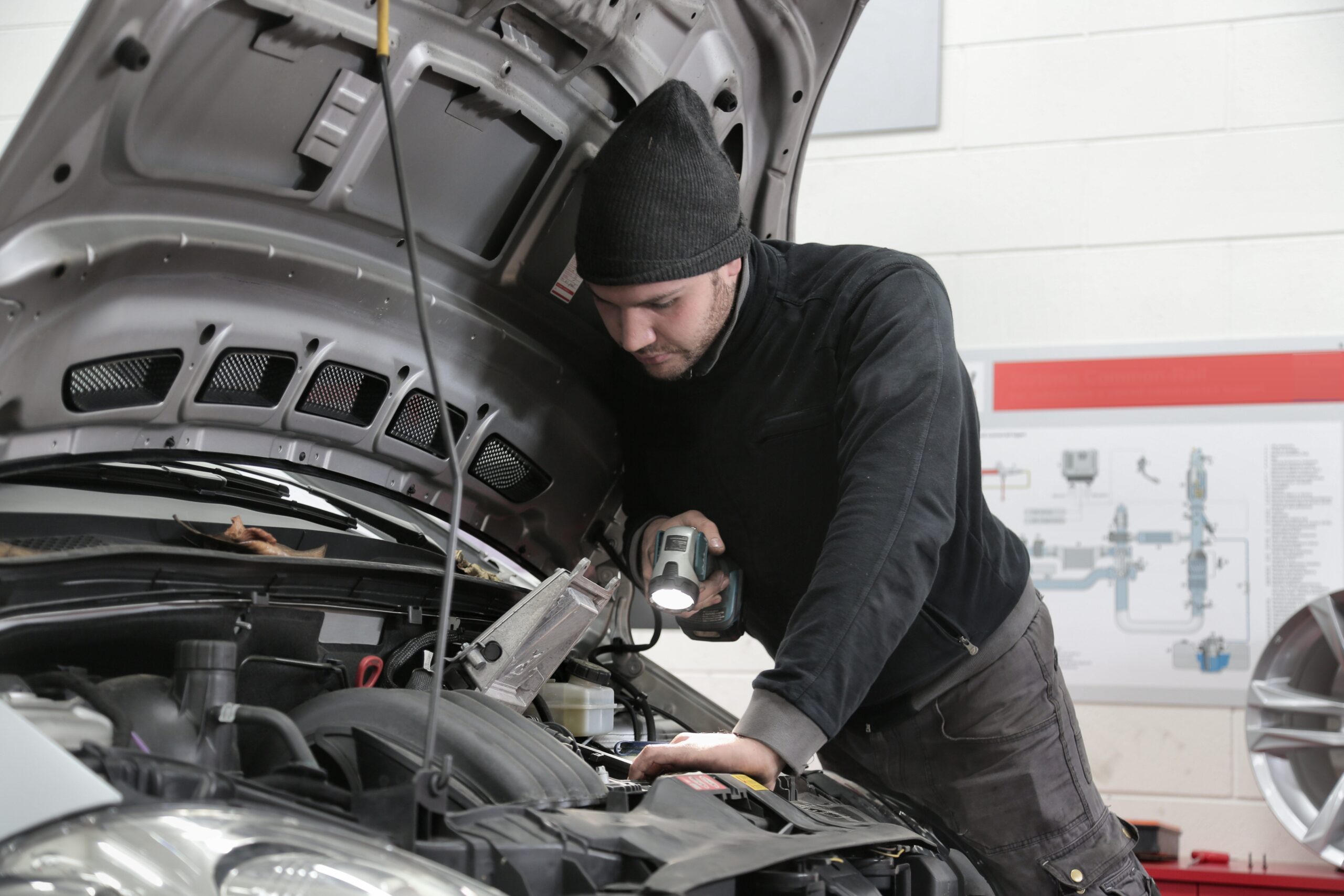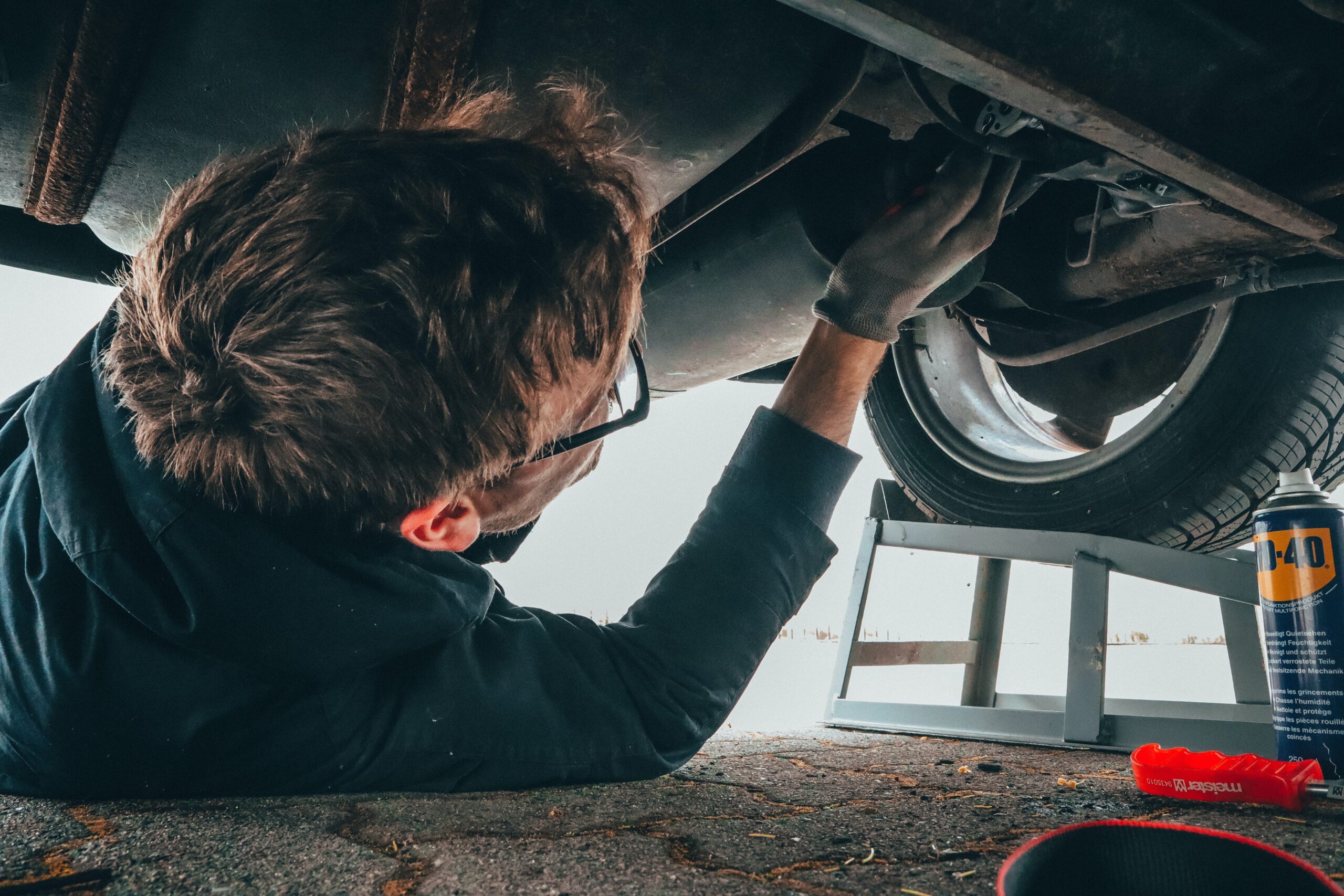In this article, as a budding Fleet Manager for your company, you will delve deeper into specific examples of potential problems for your fleet that can be identified and addressed through regular fleet maintenance.
Preventative fleet maintenance involves scheduled inspections, servicing, and replacement of components before they fail or cause more significant problems. It is designed to extend the lifespan of your vehicles, reduce the likelihood of unplanned downtime, and help avoid costly repairs.
Regular preventative maintenance tasks include checking and replacing engine oil, filters, brakes, tires, and other critical components. By keeping these components in good condition, you can avoid issues such as engine failure, brake failure, and tire blowouts, all of which can result in costly repairs, accidents, or even fatalities.
Check out a few specific examples of issues that you can avoid through preventative maintenance:
- Engine Problems: Regular oil changes and tune-ups can prevent engine problems such as overheating, poor fuel economy, and loss of power. For example, if a vehicle’s oil level is low or the oil is dirty, it can cause the engine to run hotter, which can lead to serious problems such as engine failure.
- Brake Issues: Regular brake inspections and maintenance can prevent brake problems such as worn brake pads, calipers, or rotors. For example, if a vehicle’s brake pads are worn, it can cause the brakes to fail or make stopping distances longer, which can result in accidents.
- Tire Wear: Regular tire rotations, alignments, and replacements can prevent tire wear problems such as uneven wear, flats, and blowouts. For example, if a vehicle’s tires are underinflated or not rotated regularly, it can cause them to wear unevenly, which can lead to blowouts or other tire-related issues.
- Electrical Issues: Regular inspections of the vehicle’s electrical system can prevent problems such as dead batteries, faulty alternators, and other electrical failures. For example, if a vehicle’s battery is not charging properly, it can cause the vehicle to fail to start or cause other electrical problems.
- Transmission Problems: Regular transmission servicing can prevent transmission problems such as slipping, shifting issues, and other malfunctions. For example, if a vehicle’s transmission fluid is not changed regularly, it can cause the transmission to fail prematurely, resulting in costly repairs.
By identifying and addressing potential problems early on through regular preventative maintenance, you can avoid costly repairs, minimize downtime, and extend the lifespan of your vehicles. It’s important to establish a preventative maintenance schedule and follow it consistently to keep your fleet running smoothly and safely.






